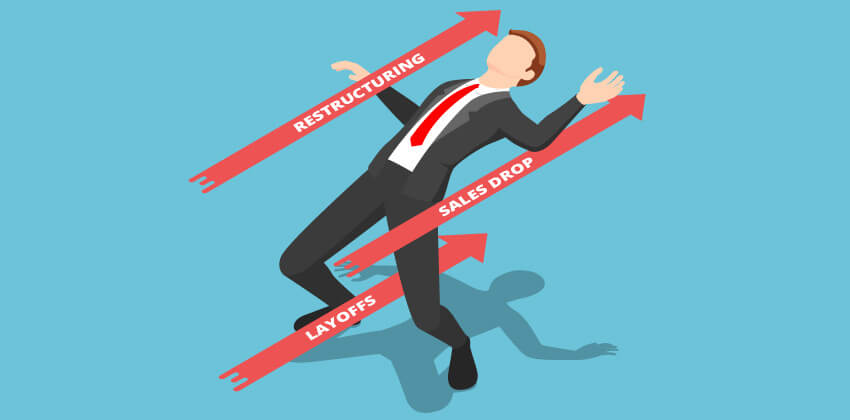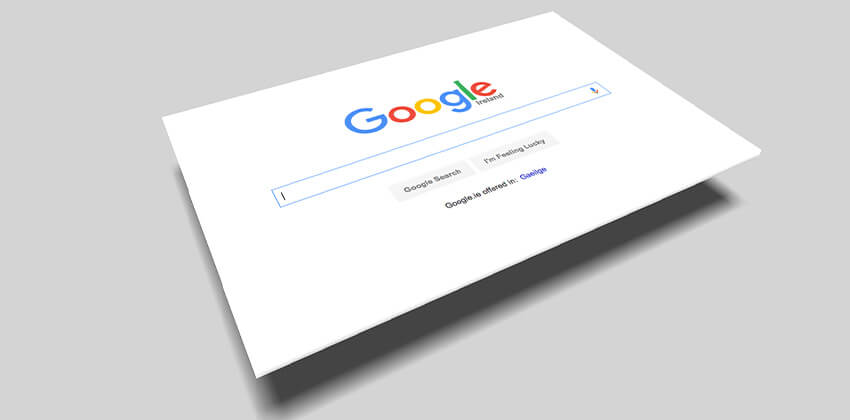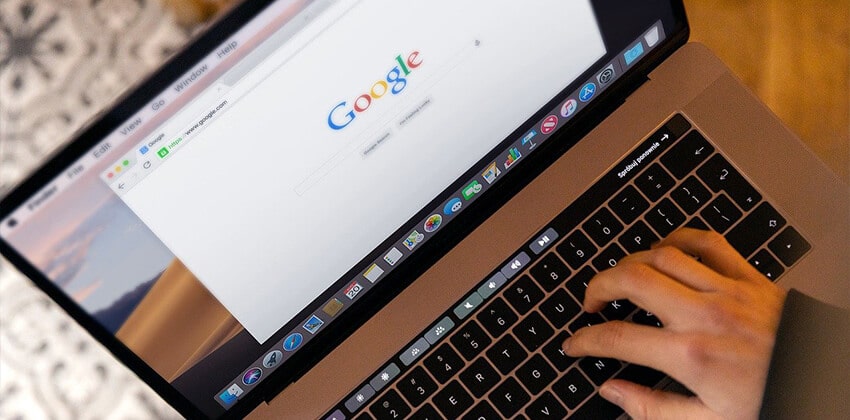
I’ve been running LinkedIn Groups for five years or so, and it has been a very interesting experience.
I’ve learned that LinkedIn has many spammers, and that LinkedIn hates those spammers and tries very hard to eliminate them. So, best not to look like a spammer to LinkedIn!
In addition, because some people don’t grasp the playground concept of “playing together nicely” (or, perhaps, have a unique definition of “professional networking”), LinkedIn has rules of conduct – several layers of them, with a variety of penalties for non-compliance depending on the quantity and level of the breach.
If you don’t play by the rules (or if you look like a spammer), you can end up in one of the LinkedIn “penalty boxes” which may not be very easy to exit.
Impact of Breaking the Rules
To succeed on LinkedIn, devote some attention to understanding the rules, described below. The penalties associated with breaking them can negatively impact your visibility and ability to use LinkedIn successfully.
The LinkedIn Penalty Box(es)
LinkedIn’s “penalty box” is varied, depending on the level of the transgression. Every Group and Subgroup has owner(s) and may also have manager(s) and moderator(s) who basically run the Group, creating and enforcing that Group’s rules (if any).
In descending order of difficulty in recovering, you may be on the receiving end of any of these actions:
1. Your LinkedIn account may be shut down.
Only LinkedIn can close your account, and recovery is probably not easy.
2. Your LinkedIn account may be suspended.
Only LinkedIn can suspend your account for a period of time, and, as above, recovery will probably be difficult.
Advertisement
3. You may be “removed” from a Group.
A Group owner, manager, or moderator can kick you out of their Group, but the action should impact only that Group. They can’t kick you out of your other Groups. However, if LinkedIn sees a second or third Group also “removing” you, you may be penalized in all of your Groups. Not clear.
To recover, you may need to approach the owner, manager, or moderator of the impacted Group to request reinstatement. Without belonging to the Group, it won’t be easy to contact the Group’s management unless you have one of the premium accounts or are otherwise able to find a way to contact them.
4. Your LinkedIn Group status may be changed to “block & delete.”
When this happens, you are blocked from making new posts to the Group, and all of your existing posts in the Group are deleted. Any Group owner or manager can do this for your participation in their Group, and you will be blocked from even contacting the Group’s owner if this happens.
You are also automatically added to the “moderation queue” (see # 5 below) for all of your other Groups, including future Groups, if one Group blocks-and-deletes you.
5. Your Group posts and comments may be put into the “moderation queue.”
Being in the moderation queue means that none of your discussions or comments become public until a member of Group management reviews and approves them. Being put in the moderation queue for one Group usually puts you in the moderation queue for ALL the other Groups you have joined.
Any Group owner, manager, or moderator can change your participation in their Group to one that “requires moderation.”
You can contact the Group’s management to request restoration of the standard “approved to post” or “default” status, which may or may not be given, depending on Group management and your perceived transgression.
6. Posts and comments deemed inappropriate can be deleted.
Any member of Group management can delete one of your posts or comments. The deletion is limited to only that specific post or comment. Posts are not recoverable. You can re-post, but that action might be a risky move leading to “moderation” or “block and delete” (above) of all your posts.
7. Posts and comments can be flagged as inappropriate.
Any Group member can do this, and any Group owner, manager, or moderator can un-do it. It applies only to the individual post. You can ask the Group manager or administrator to remove the flag if you feel it was unfairly made.
8. Your posts may be moved individually to the “Jobs” or “Promotions” tabs.
Any Group member can do this, and any member of a Group’s management can un-do it. It applies only to the individual post. You can ask for your Discussion to be reinstated if you feel it was moved inappropriately.
Rules? What Rules?
Pay attention to what is happening to your posts and comments. Are they immediately visible, or does it take a few hours to a few days for them to appear? Or do they never appear?
If everything you submit is published immediately, you’re in good standing. If there is a delay or if your contributions are never public, start paying attention to what happens and when it happens, look for the Group rules, and consider approaching the Group’s management to find out what is going on or to ask for reinstatement.
LinkedIn’s Rules of Behavior
The top layer of LinkedIn’s rules is the User Agreement. Among the behaviors they don’t want to see are some which I have observed in my role as owner of the Job – Hunt Help Group:
- Abusing the LinkedIn messaging services.
- Creating multiple or false profiles.
- Using the Services commercially without LinkedIn’s authorization.
- Infringing any intellectual property rights.
- Publishing inaccurate content.
- Including inappropriate information in the fields in your LinkedIn Profile (email link in the name field, for example).
- Harassing other members.
- Not using a head shot photo of yourself for your Profile image.
For more details about Group moderation, see these pages of LinkedIn:
Group Rules
LinkedIn created Groups, but LinkedIn doesn’t run the Groups individually. Although LinkedIn has established some ground rules for Group management, each Group’s Owner and the Managers run their Group, and, usually, LinkedIn doesn’t tell them how to do it.
Before you join a Group, or soon thereafter, check out the Group’s rules:
Near the top of the Group home page, on the right, find an “i” next to the count of members. When you click on the “i”, a black box will open sharing information about the Group, like the Group Owner, number of Subgroups, and date established. You will also find links to the Group Profile, Group Rules (if any have been published), and Group Statistics.
Many Group owners and managers are very active in managing their Groups, watching the moderation queue and checking to see if Group members are playing by the Group’s rules. Some may contact you to warn you that you are violating a Group rule. Others may simply impose the penalty without warning. Still others have and enforce no rules at all. So, “your mileage may vary” as the saying goes.
Bottom Line
If a Group management member contacts you about your inappropriate activities in their Group, pay attention. If you don’t want to comply, leave the Group. If you do like the Group, paying attention to the rules is a good way to stay safely out of the LinkedIn penalty box.
 About the author…
About the author…
Online job search expert Susan P. Joyce has been observing the online job search world and teaching online job search skills since 1995. A veteran of the United States Marine Corps and a recent Visiting Scholar at the MIT Sloan School of Management, Susan is a two-time layoff “graduate” who has worked in human resources at Harvard University and in a compensation consulting firm. Since 1998, Susan has been editor and publisher of Job-Hunt.org. Follow Susan on Twitter at @jobhuntorg and on Facebook, LinkedIn.
More about this author…
Don't forget to share this article with friends!




